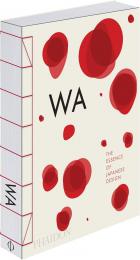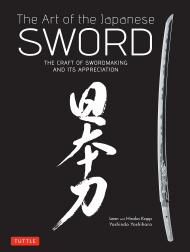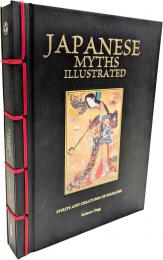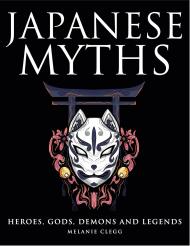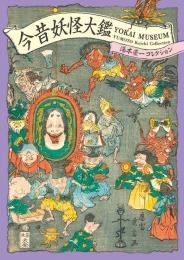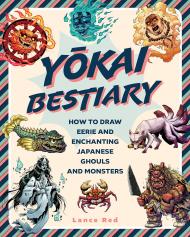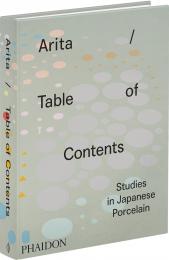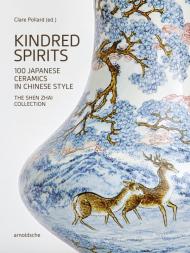Через близько 300 об’єктів ця книга досліджує сучасний японський дизайн: від повсякденних предметів і упаковки до дизайну інтер’єру та елементів освітлення.
Зрештою, книга має на меті дослідити те, як японському дизайну вдається використовувати свої матеріали – природні чи синтетичні – і водночас поєднує повагу до традицій із перспективним мисленням та експериментуванням.
Представлені об’єкти були обрані через їхній сильний японський характер і вплив цієї «японщини» на західну культуру. Замість того, щоб слідувати хронологічному порядку чи зосереджуватися на дизайнерах, ця книга зосереджена на об’єктах і класифікована за матеріалами, підкреслюючи тісний зв’язок між дизайном і матеріалом у Японії.
Книга включатиме приклади деяких із найважливіших японських дизайнерів від Сорі Янагі та Широ Курамати до Наото Фукасава та Токудзіна Йосіоки, а також буде вступне есе про японський дизайн Кенії Хара.
- У цій вишукано створеній книзі читачі можуть досліджувати красу, суть і стійкий вплив японського дизайну через 300 ключових об’єктів, починаючи від каліграфічних пензлів і традиційних лакованих коробок бенто до паперових ламп Ісаму Ногучі та іншої сучасної класики.
- Містить внески найважливіших японських дизайнерів, таких як Широ Курамата, Наото Фукасава та Сорі Янагі, а також сучасні вироби дизайнерів-початківців
- Надрукована на крафтовому папері та переплетена в традиційному японському стилі, сама книга є прекрасним предметом, який обов’язково надихне всіх, хто цікавиться дизайном.
Зміст і розділи:
Переосмислення традицій: від ремесла до дизайну Росселла Менегаццо
Витоки японського дизайну Кенія Хара
Дерево, бамбук і лак
Папір
метал
Тканина та текстиль
Керамічні
Синтетичні/нові матеріали
Про авторів:
Росселла Менегаццо — доцент кафедри історії мистецтва Східної Азії в Міланському університеті студій. У 2009 році вона закінчила свій докторський курс зі сходознавства у Венеціанському університеті Ка’ Фоскарі, захистивши дисертацію з історії японського мистецтва та фотографії. Вона курувала кілька подій і виставок і є автором численних текстів про японську фотографію, графічний дизайн та укійо. Вона є постійним автором низки національних газет, пише статті про японську культуру та мистецтво.
Стефанія Піотті отримала ступінь бакалавра зі східноазіатських досліджень у Венеціанському університеті Ка' Фоскарі, спеціалізуючись на японському текстилі та розробці дизайну та моделей кімоно зокрема. Вона працювала перекладачем і науковим координатором на різноманітних виставках японського мистецтва та редактором італійських та англійських видань, таких як Imai. A Retrospective (Electa, 1998), Hokusai (Phaidon, 2004) та Japan Style (Phaidon, 2007).
